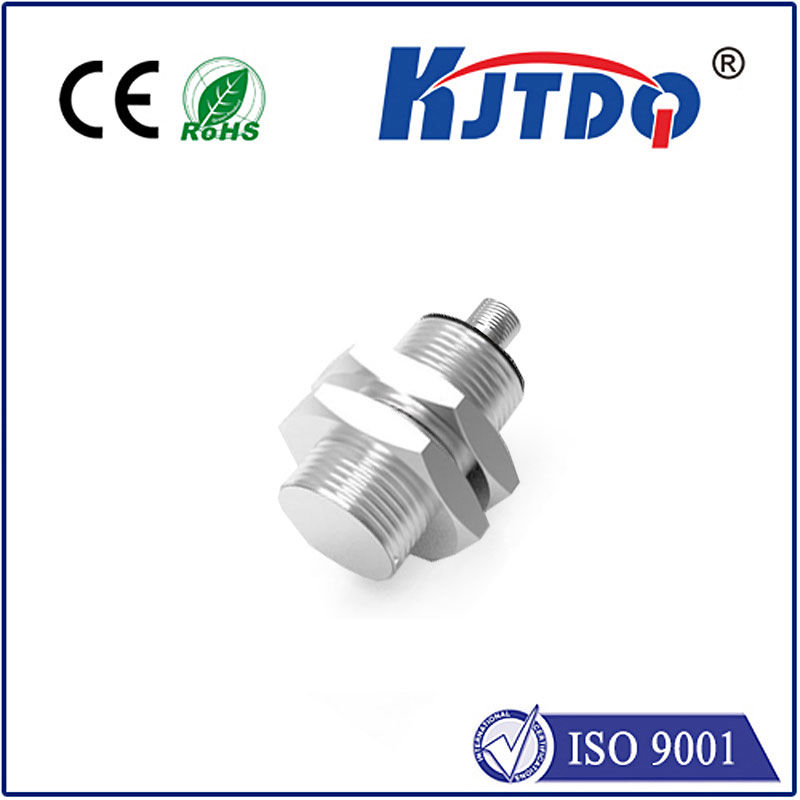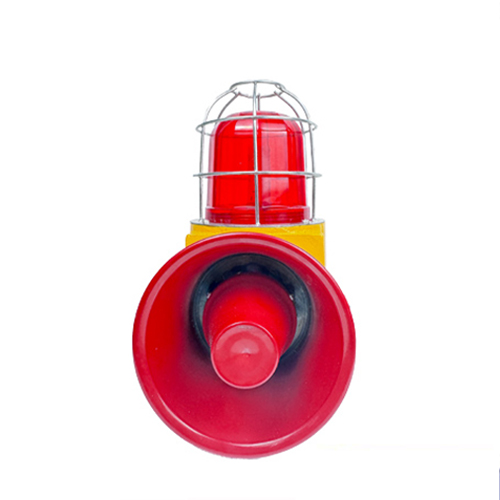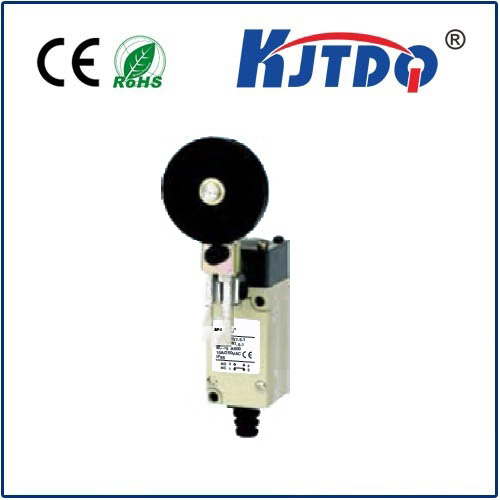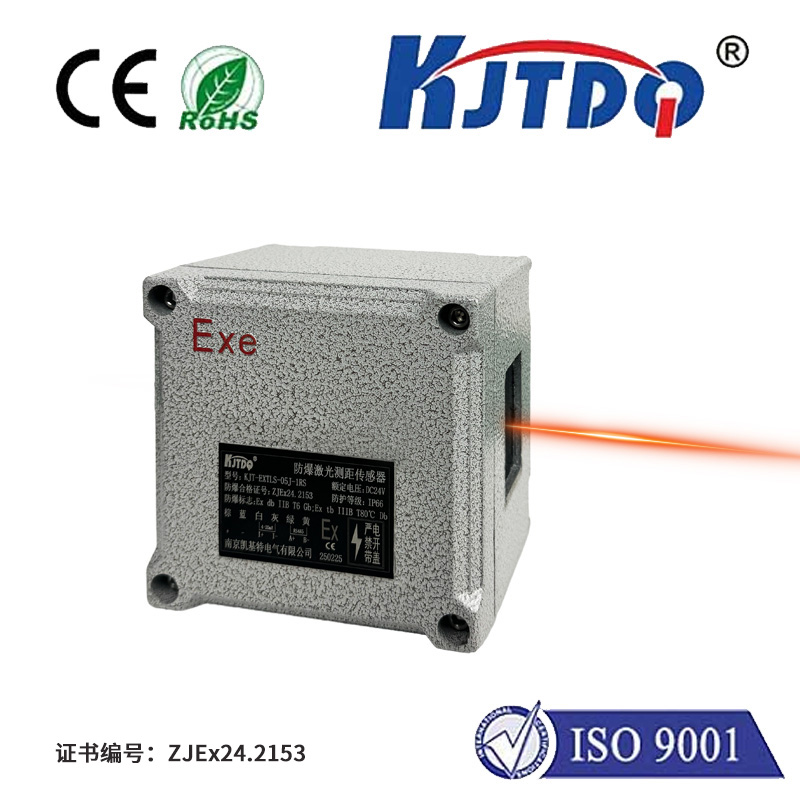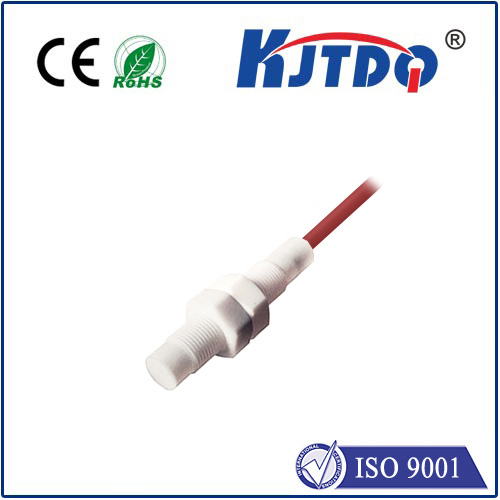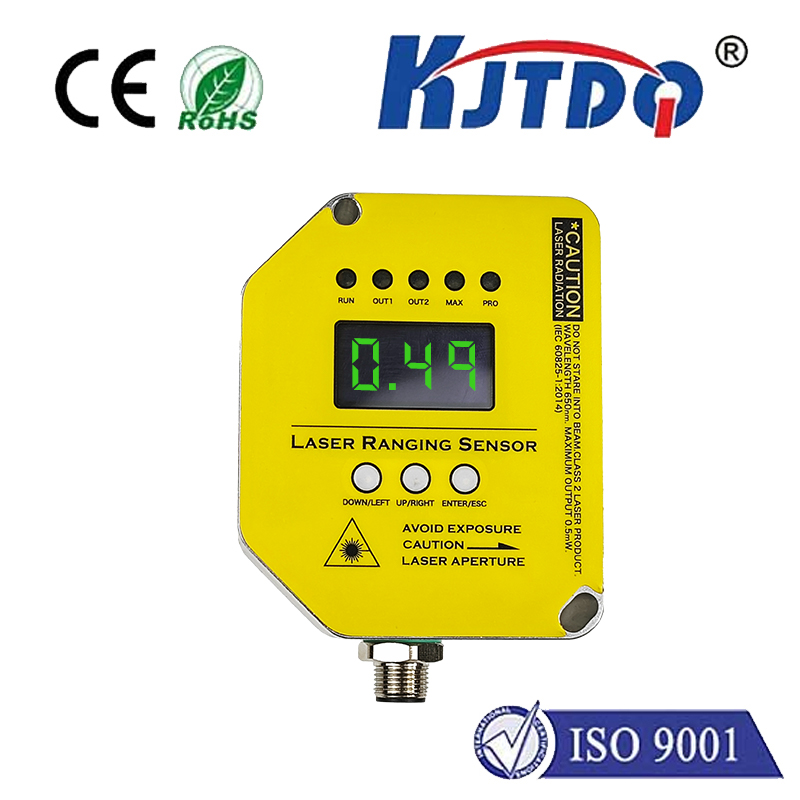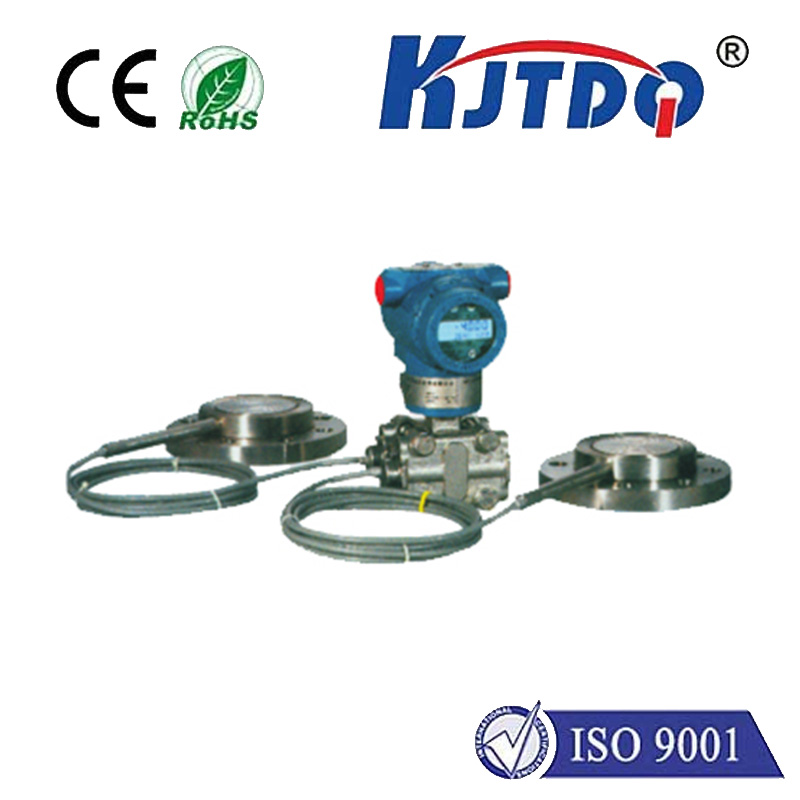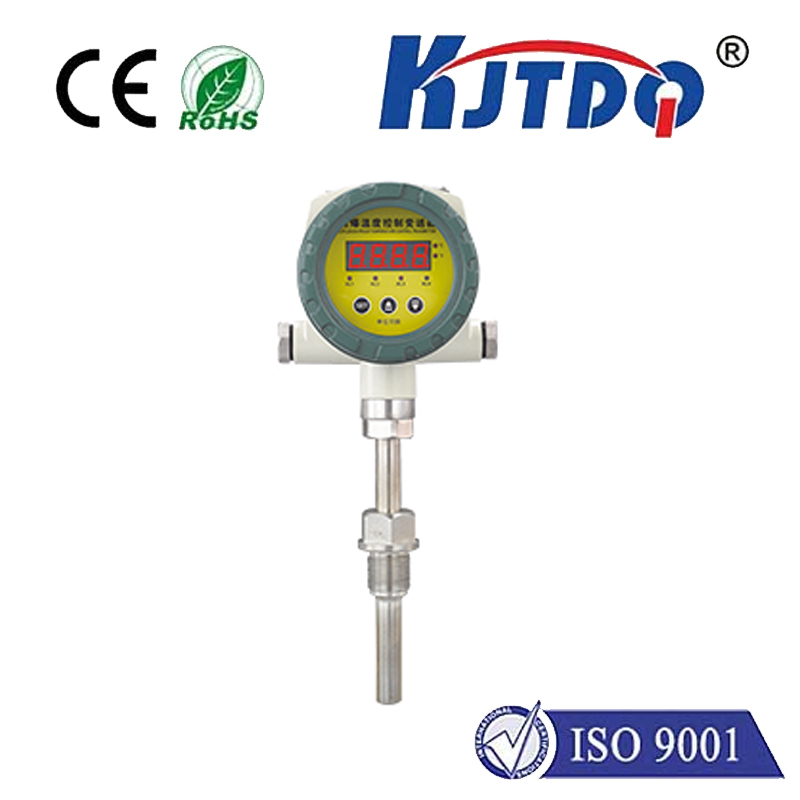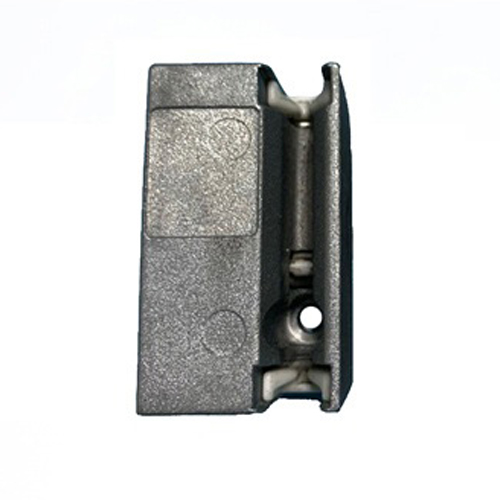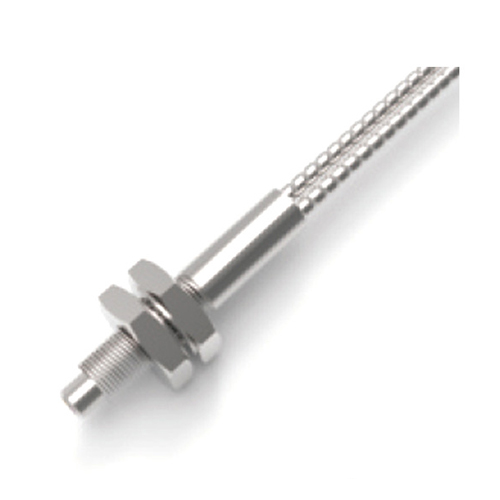

check

check

check

check

check

check

check

check

check

check
Photoelectric sensors are a type of electronic device that detects the presence or absence of an object by using light. They work by emitting a light beam and then measuring how much of that light is reflected back to the sensor. One common type of photoelectric sensor is the 5V photoelectric sensor, which operates at a voltage of 5 volts.
The 5V photoelectric sensor has many advantages over other types of sensors. For one thing, it is very reliable and accurate. Because it relies on light rather than physical contact, it can detect objects even if they are moving or vibrating, making it ideal for use in industrial settings where machinery may be operating at high speeds. Additionally, because it uses a relatively low voltage, it is safer to operate and less likely to cause damage to nearby equipment.

Another advantage of the 5V photoelectric sensor is its flexibility. It can be used to detect a wide range of objects, from small parts to large packages, and can be easily adjusted to accommodate different sizes and shapes. This makes it a versatile tool for manufacturers looking to automate their production processes.
Of course, like any technology, there are also some potential drawbacks to using a 5V photoelectric sensor. For example, it may not be able to detect certain materials or colors of objects, depending on the specific wavelength of light being used. Additionally, if the sensor becomes dirty or obstructed, it may not function properly until it is cleaned or repaired.
In conclusion, the 5V photoelectric sensor is a powerful tool for detecting objects in a variety of applications. Its reliability, accuracy, and flexibility make it an essential component of many manufacturing processes, while its low voltage operation ensures that it is safe and easy to use. By understanding the basic principles behind this technology, manufacturers can make informed decisions about when and how to incorporate it into their systems.
